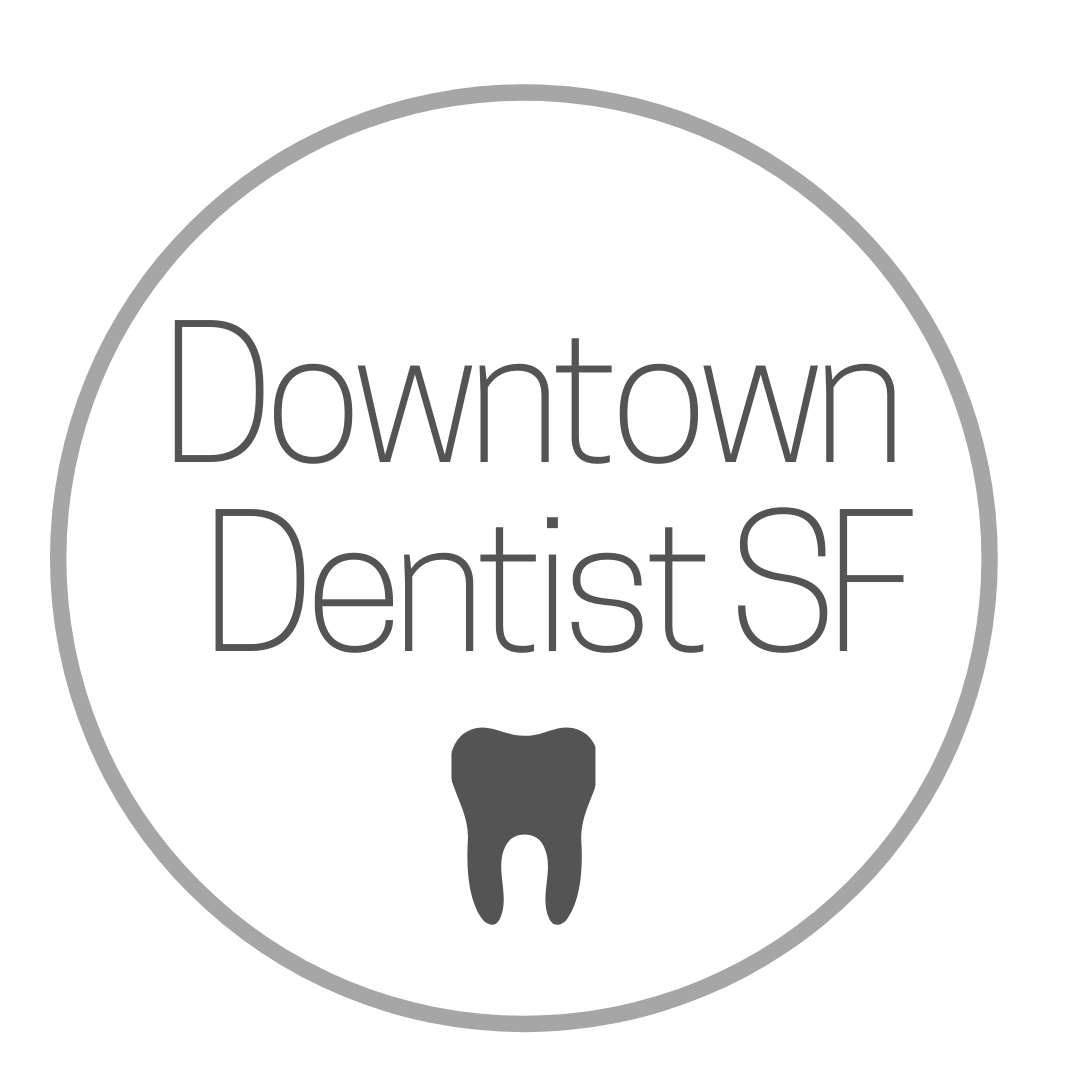What is Myofunctional Therapy and Do I Need It?
Dentists often prescribe Myofunctional therapy to correct improper oral habits. Believe it or not, inadequate chewing, breathing, tongue positioning and even swallowing patterns can have a negative impact on your oral health.
Over the years, many of us may develop bad oral habits. What we don’t learn until we’re much older is that these upset routines can affect our mental and physical health.
And yes— that includes your teeth.
You can develop overbites and crooked teeth by simply swallowing incorrectly for too many years (yes, really). So that’s what Myofunctional therapy aims to correct.
But do you need it? Let’s find out.
RELATED: WHAT IS ENAMEL MICROABRASION AND IS IT GOOD FOR YOUR TEETH?
What is Myofunctional Therapy?
Myofunctional therapy targets the mouth, face, and neck to treat orofacial myofunctional disorders (OMDs). It’s a type of physical therapy that uses regular exercises to improve overbites and misaligned teeth. It can even help you better your digestion, improve posture, reduce snoring and sleep apnea, and eliminate jaw pain and headaches.
What are the Goals of Myofunctional Therapy?
This type of therapy aims to strengthen your facial muscles to eliminate mouth, speech, and even posture problems. It usually combines a mixture of physical therapy exercises as well as breathing exercises. Together, these movements achieve anything from altering your facial profile and speech patterns to correcting chewing and swallowing habits.
Myofunctional Therapy trains your mouth to rest the natural way. When your mouth is resting (e.g., you’re not talking, eating, or swallowing), your tongue should have a slight upwards bend at the tip that touches the roof of your mouth. Your lips should also be sealed shut, and your teeth shouldn’t touch.
If you try it now, you might notice that it takes some effort to stay in this position. That’s because, over time, our poor habits train our mouths to rest unnaturally. This causes discomfort, and ultimately, oral health problems.
RELATED: TOOTHACHE: CAUSES, TREATMENTS AND PREVENTION
When Do I Need It?
Your dentist may be the first person who tells you what myofunctional therapy is because it’s our job to look out for these issues. Children with speech impediments may need to work with a myofunctional therapist to improve their facial and mouth movements and ensure they don’t develop crooked teeth or overbites.
Dentists often diagnose adults after a routine dentist visit. If we notice inconsistencies in how you swallow or chew, treatments such as braces or Invisalign may all be done in vain. That’s because these continuous habits can deconstruct the efforts of straightening your teeth.
So, what are some tell-tale signs your dentist will use to diagnose you? One is the way you rest your tongue. The tip of your tongue should rest just behind your teeth. The rest of your tongue should follow inline, resting on the roof of your mouth while it’s closed. If you position your tongue on the bottom portion of your mouth, you might need myofunctional therapy.
You might think that your tongue is resting right now, but what’s probably actually happening is the tip is resting behind your teeth. The rest of your tongue might curve down, creating a U-shape. Pay attention to how your tongue is resting now. If it swings down (think of a hammock), this is incorrect. This type of tongue pressure can train our teeth to drift apart.
Swallowing or chewing the wrong way can also cause oral defects. When you swallow, your tongue should hit the roof of your mouth. However, many peoples’ tongues are hitting the sides of their teeth when they swallow. This is not the natural way to swallow, and it can cause tissue trauma and other oral health problems.
RELATED: DENTAL DECAY: WHY WE HAVE IT AND HOW TO PREVENT IT
Myofunctional Therapy Exercises
The good news is, there are plenty of easy, at-home exercises that your dentist can give you to help train your mouth to rest in a better position. Some excellent examples of myofunctional therapy exercises are shown in the video below:
And if your dentist determines that your swallowing method is the reason you have misaligned teeth, they might have you practice swallowing with your tongue resting just behind your front teeth, lips closed, and touching the roof of your mouth.
If the tongue isn’t resting correctly, myofunctional therapy exercises help to strengthen your tongue until it sits in a natural and comfortable position. This takes some time and consistency, which is why working with a dentist helps you achieve the result you want faster.
The more you practice myofunctional exercises, the more aligned your teeth and mouth muscles will become.
However, sometimes these exercises aren’t enough to correct your oral issues. Often, your dentist will prescribe braces or clear aligners such as Invisalign to restore your teeth or overbite fully.
RELATED: IS IT SAFE TO GO TO THE DENTIST DURING THE COVID-19 PANDEMIC?
Call Downtown Dentist SF to schedule an appointment if you think that this treatment might be right for you.
